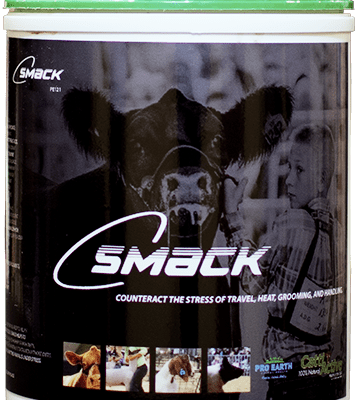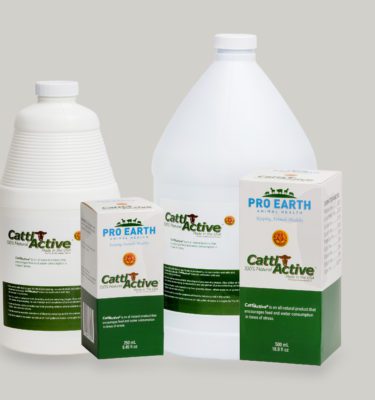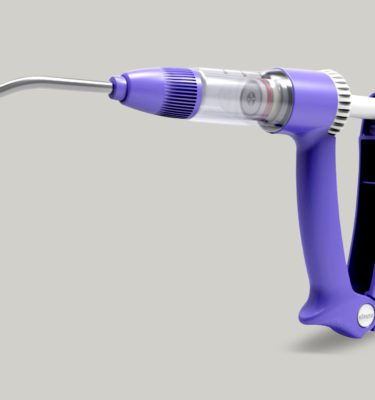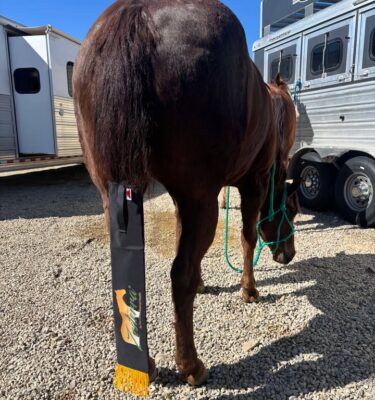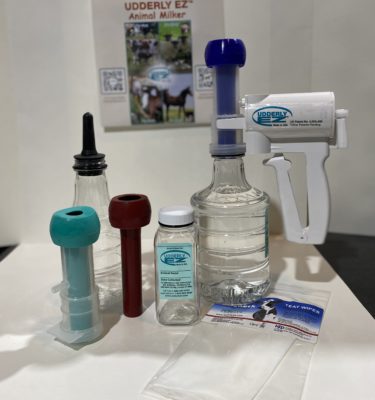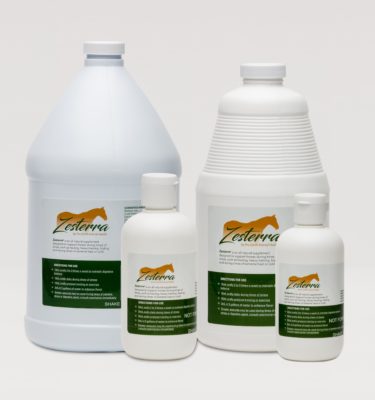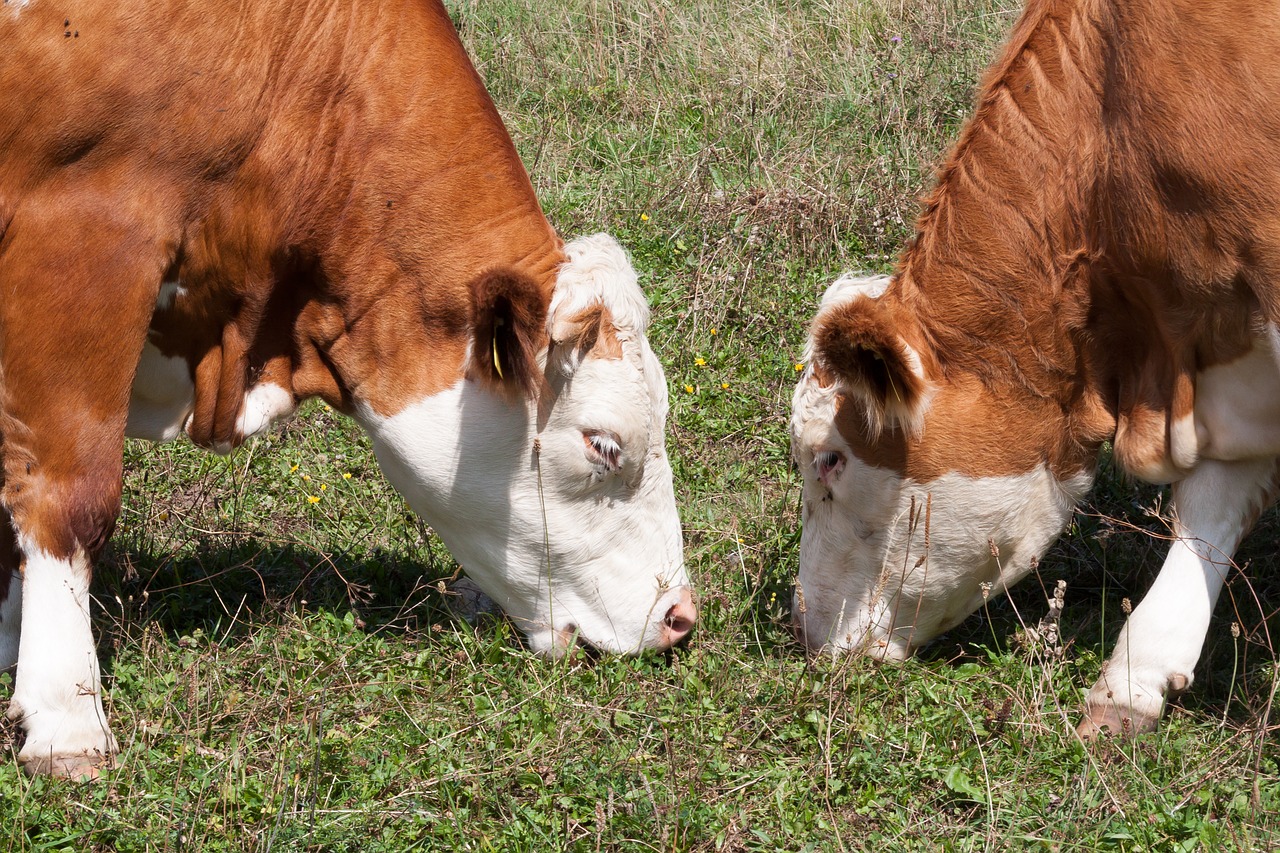
As it has been evidenced in humans, antibiotic use can negatively impact the delicate microbial balance present in the gut. The same is true for cattle. Use of antibiotics can kill off colonies of beneficial bacteria in the rumen, making rumination less complete and more difficult. There is also the risk of developing antibiotic-resistant bacterial strains within a herd due to overuse. This can, in turn, impact a vaccine’s ability to properly immunize your cattle against disease. Your herd veterinarian can help guide you in prudent use of antibiotics to help not only preserve the gut flora and fauna but also work towards preventing the development of antibiotic-resistant bacteria amongst your herd.
Dietary Considerations
The cow’s rumen is a complex system of checks and balances to ensure that every bite of feed is utilized to the fullest extent possible. Cattle do best on a grass-only diet, but this is obviously not optimal for finishing cattle or keeping up with the nutritional demands of milk production in dairy cattle.
Cattle that receive large amounts of grain-based feeds have a particular set of challenges to overcome in their digestive process. Grass and forage contain large amounts of fiber, necessitating numerous cycles of regurgitation-chewing-swallowing before the process is complete. The low-carbohydrate makeup and slow breakdown of plant cell wall structures keep the acid production in check, and thus the pH is fairly neutral at around 6.0.
High-concentrate feeds such as grain, however, do not require nearly the same level of chewing and ruminating to be digested. This, in turn, shortens the length of time the feed is mixed with saliva, which contains enzymes such as salivary lipase and amylase, not to mention minerals such as potassium, bicarbonate, phosphate and urea. When there is less ruminating (also known as cud-chewing), the buffering effects in the rumen environment are reduced. The rapid production of VFAs (volatile fatty acids) lowers the pH to closer to 5.5, creating a more acidic environment that does not support the forage-utilizing microbes, leading to a die-off.
With a lower pH compounded by an increased lactic acid and VFA concentration, the rumen can fail to provide adequate buffering and efficiently absorb the VFAs. When this happens, metabolic acidosis poses a threat, in addition to damage to the rumen lining. These ulcerations can cause discomfort, inappetence and, thus, stress and cortisol release. Without adequate breakdown of feed compounded by a compromised barrier, larger, undigested feed particles can cross through tissues and membranes, creating the perfect storm — an inflammatory response that then triggers yet more cortisol being released into the bloodstream.
Both adult cattle and calves transitioning from a pasture or range setting to a confined environment can have a difficult time making the change. The differences in environment, in addition to being separated from herd mates and introduced to strange animals, causes a great deal of stress, regardless of how it is carried out.
Once in this new setting, they are also started on high-concentrate feeds that they have likely never encountered before. The change from a forage diet to a concentrated diet can increase physical stress and create a pH imbalance in the rumen. Poor digestion contributes to low weight gain or actual weight loss. For calves and adult cattle that have been out with the herd, this poses an even more difficult set of challenges. Not only do they have to adapt to separation from their group, but they also must become familiar with water sources that they may have never encountered, such as troughs (many range cattle drink only from streams or ponds). Dehydration is a major factor in acidosis and rumen damage.
At this juncture, it’s most important to support the digestive processes (and thus the immune system) to help animals adapt. Maintaining a healthy pH balance is the most efficient and cost-effective way of ensuring that animals being introduced to new feed and water sources thrive. A healthy, well-functioning rumen ensures that at the time of vaccination, the immune system is primed to respond properly for building immunity.
While there are many other stressors cattle may encounter, the aforementioned four factors are the most widely reported as having negative effects on cattle health and vitality.
Related Posts
Stress and Cortisol Can Undermine Your Herd Vaccination Programs
Herd Handling Techniques and Their Effects on the Immune System

